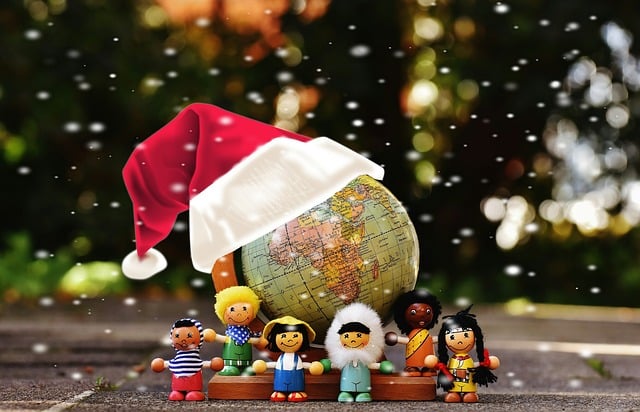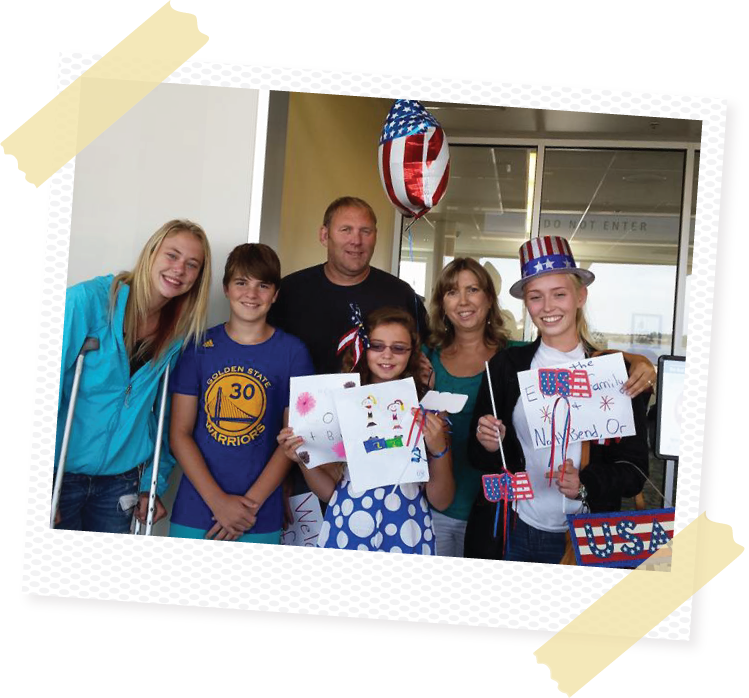Hosting an exchange student transforms Christmas into an international event. What could be more fun than sharing your Christmas traditions and seeing this season through your student's eyes?
This post is your International Christmas Kit full of ideas for your Christmas cultural exchange. The aim is to open everyone’s eyes (yours, your family’s, and your student’s) to so many aspects of Christmas you might take for granted. Get ready for a very merry, cross-cultural Christmas!

So, let the international Christmas season begin!
Sharing Christmas Traditions
Think about your family Christmas traditions. When do you decorate? How? Do any of your decorations have sentimental value? Do you host a Christmas party? Go to a Christmas program? Attend special church services? When is your family gift exchange? How does it work?

My Thai student caught me off guard a few days before Christmas. As an American-Spanish family, were hosting her in Spain where nativity scenes are big. In fact, some nativity scenes are so large it’s hard to find Joseph, Mary and Jesus in the carefully replicated sprawl of an ancient Bethlehem.
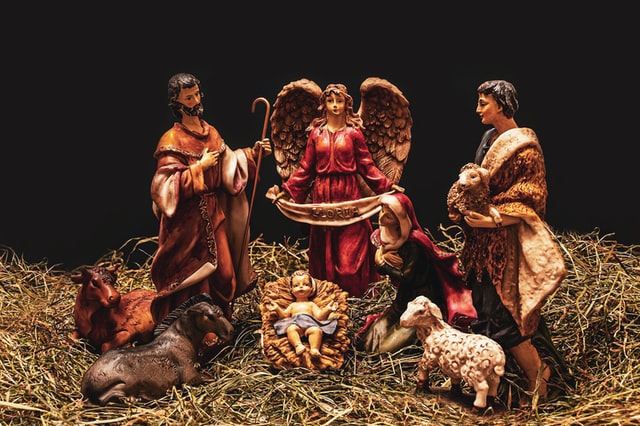
“Mom, can I ask you a question about Christmas?” My student was hesitant and looked almost embarrassed.
“Of course! What is it?” I was quite eager to know...
“It’s about the Virgin Mary…” she began. “And baby Jesus…” She faltered. I was puzzled, and then it hit me! Sure enough, it was the notion of a virgin birth. Would I be so kind as to explain it to her? Of course!
This was her first Christmas – ever. She had shared with us many Buddhist traditions from Thailand, and she did mention that Christmas was not part of her culture.

Moral of the story? If your student is from a non-Christmas culture, start from the beginning. Carefully map out your Christmas traditions on a large piece of poster-paper, like this:
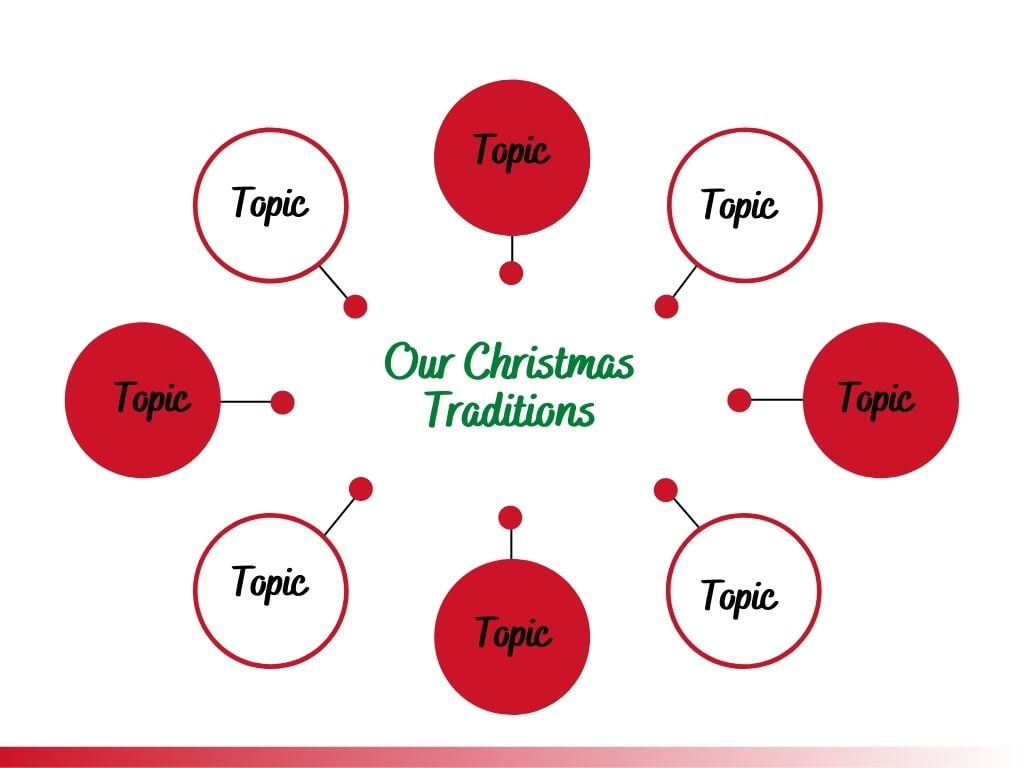
And if your student is from a country that does celebrate Christmas?
Mapping out Christmas traditions is still a good idea. Ask your student to do the same. Then have fun comparing and contrasting your different traditions.

Sharing Christmas Calendars
What’s your Christmas season timeline? Have you ever thought about it? I did not – until I moved to Spain. On Christmas Day when I was just winding down, the Spanish family was getting ready to keep celebrating through January 6th.
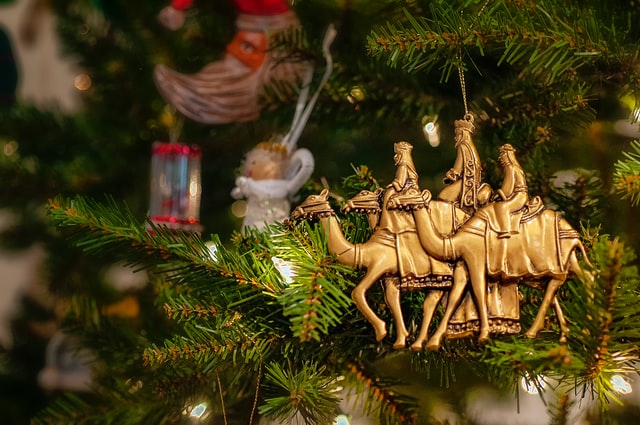
What about your student’s country? When does the season begin and end? Which days are important? What happens, when? How are your holiday calendars similar or different?
How would you like to watch Christmas unfold on both sides of the world at once? Then, here’s an idea. Create a calendar to share with your student...

You might try this:
- First, use one color pen to fill in your typical Christmas schedule.
- Then, ask your student to do the same using a different color pen.
Throughout the holiday season, you can both keep filling in events as they come up:
- Stick with your color for all events occurring in the USA.
- Ask your student to keep filling in events back home.
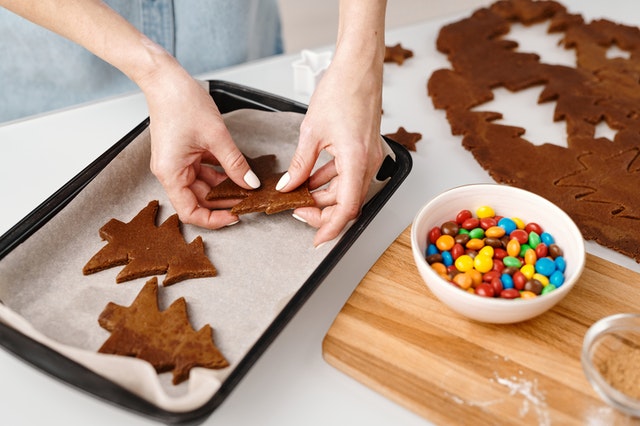
Events can be as big as the annual community Christmas play or as small as baking Christmas cookies. The goal is to create a visual tool to watch how the season unfolds on both sides of the world.
Describing Christmas Agendas
Put yourself in your student’s shoes. Every Christmas event with you is a new experience. Foreign exchange students don't know what comes first or what should happen next. They have no idea what time something might start and finish.
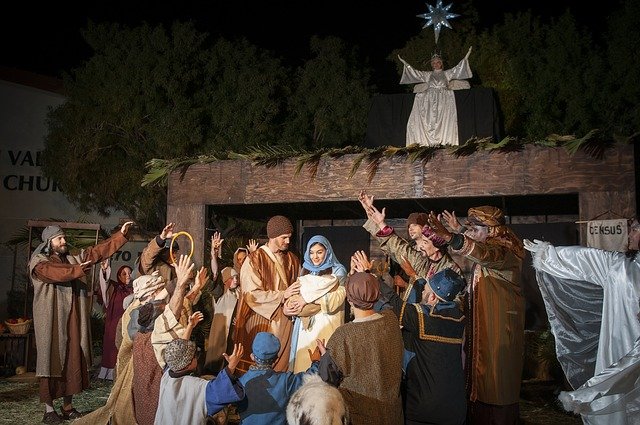
Imagine yourself as a tour guide for your student. Days before an event, take some time to provide a brief preview. How does the annual Christmas event at your church usually play out?
- What time do you like to leave for the event?
- What time do you usually arrive?
- What time do things usually start?
- How long does the program usually last?
- What happens afterwards?
- What time do you expect to leave the event?
- When do you usually get home?
The answers to questions like these will help your student relax, fit in, and go with the flow.
Exchanging Christmas Gifts
What kinds of gifts has your student received over the years in his/her home country? What kinds of gifts has he/she given to siblings, parents, grandparents, friends and maybe even teachers? The answers to these questions can spark interesting conversations about your student’s culture.

But gift-giving is a practical matter too.
Does your family exchange Christmas gifts? If so, who gives gifts to whom? What is the average budget? What kinds of gifts did each family member give and receive last year? This is valuable information for your student who needs help to participate in the fun this year.
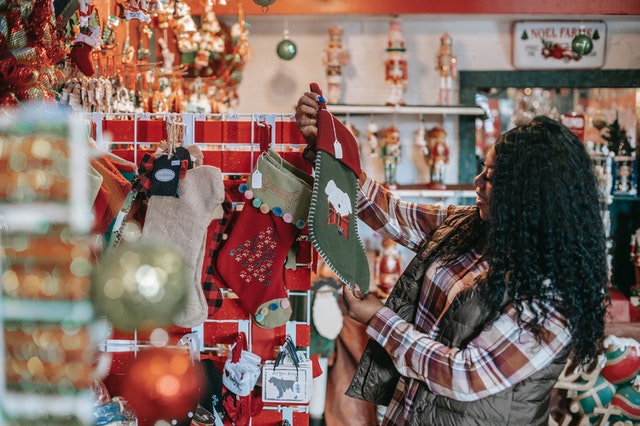
Frank conversations about gift-giving customs – including average prices or price-limits – is a gift for your student.
- On one hand you are saving your student from making mistakes.
- On the other hand, you’re helping him/her fit in and have fun.
Remember the handy "Christmas Traditions" mind map (above)? This is a good place to map out everything there is to know about your family’s gift-giving traditions. And don’t miss this opportunity to learn about the gift-giving culture in your student’s country.

For more ideas, you might like to read: European Gift-Giving Customs
Exploring Christmas Foods & Drinks
A Christmas cultural exchange would not be complete without flavors from both countries…

Which Christmas flavors are you most excited to share with your exchange student? Eggnog? Grandma’s Christmas sugar cookies? Honey baked ham? Roast turkey and stuffing? Your sister’s famous mincemeat pies? Aunt Jenny’s fruitcake?
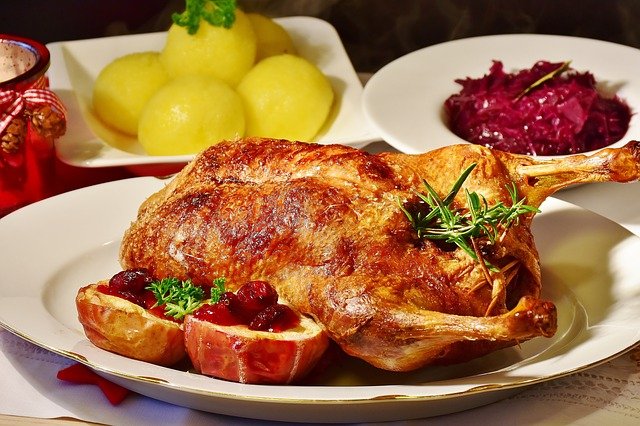
What can your student share with your family? Is there a wide array of Christmas sweets back home? Could he/she make one? What about savory foods? Which dish could he/she prepare for Christmas Eve or Day? What is the story behind that dish?
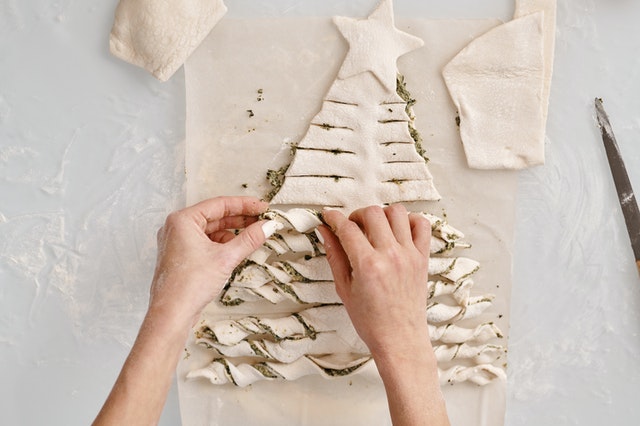
Your student might need special ingredients or wish to share specific Christmas delicacies. Parents often wish to send these items but beware that U.S. Customs has strict rules regarding packages that include food. Shopping online is often an excellent way to get these products from experts who know how to import them (check Amazon).

The best part is spicing up your usual holiday fare with your own special fusion of international Christmas flavors. Who knows, this could be the beginning of a whole new range of Christmas traditions!
Discussing Christmas Meanings
What does Christmas mean to you?
And when was the last time you thought about that, by the way?
This is a perfect time to think about the reason for the season. If you had to describe it in a nutshell, what would you say? How can you share this with your student? What do you hope to convey? What message would you like your student to remember years from now?
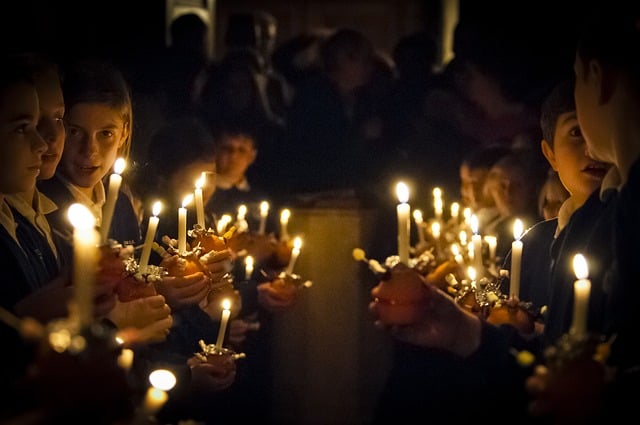
This could also be a chance to reflect on each Christmas tradition on that chart and what it means to you. Think back to your own childhood. What fun, family stories can you share? What memories would you like to keep alive? Each item you share with your student will deepen his/her experience of Christmas with you.
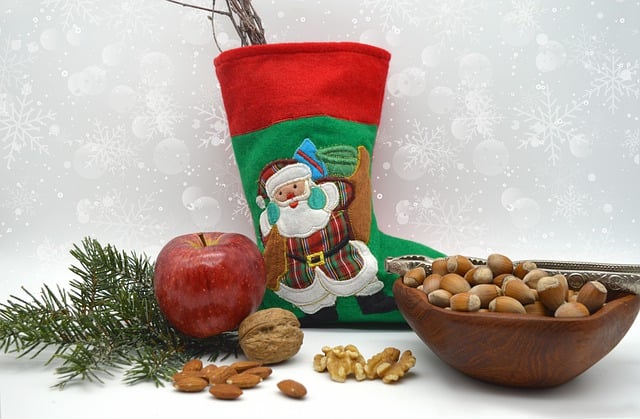
How can you bring past Christmases to life? Recall long lost relatives and friends. Go back to your own childhood and relive your favorite moments as you share with your student.
And what about your student? Surely he or she has plenty of memories to share. What stories have parents and grandparents passed down in the home country? What is the meaning behind each tradition mapped out on the student’s chart?
Managing Christmas Homesickness
A truly international Christmas is not without homesickness. You are operating in your comfort zone while your student is far from family and friends. This is part of the experience, and it is manageable. Here is advice to share with your student:
Talk about it
Don’t hesitate to put this topic on the table. How is your student feeling? What’s your homesickness protocol going to be? How can you help?

Limit contact with home
It’s a proven fact that contact with home simply makes homesickness worse. Encourage your student to limit contact now more than ever.
Talk to your student about disconnecting with people and current events in the home country to connect 100% with everything happening right now in your home and community in the USA. This is a once-in-a-lifetime experience. Each moment counts.
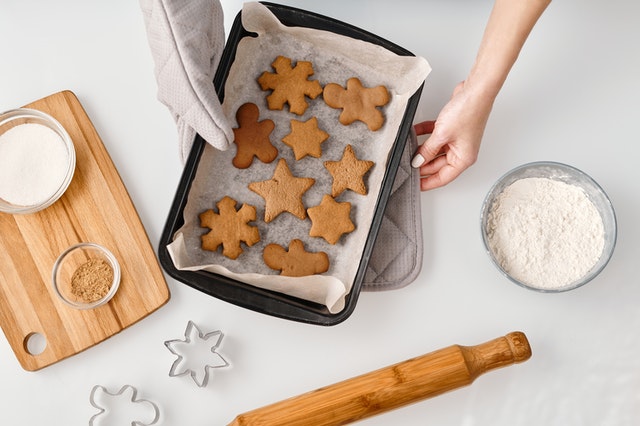
Keep busy
The more your student dives in to participate in every aspect of Christmas, the better. You are doing your student a favor when you ask for help cleaning, cooking, and setting up for Christmas Eve, Day, and other events.
Stay in common areas of the home with the family
Be on the lookout for signs of winter hibernation. It’s too easy for students to hole up in their room when feelings of homesickness strike. The best rule of thumb is that bedrooms are for sleeping. Staying in common areas of the home is the best way to get in on everything.
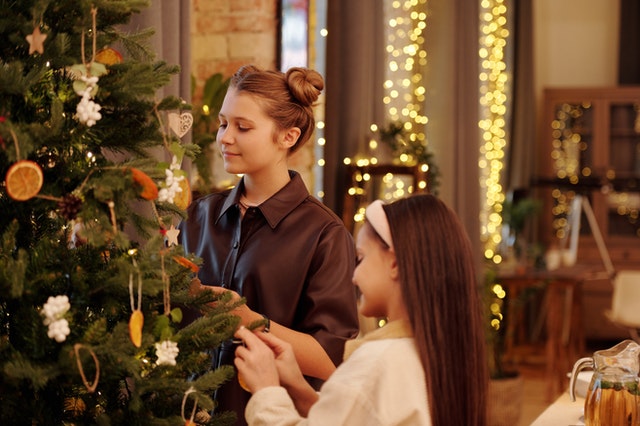
Focus on sharing
Help your student see that Christmas is a time for sharing and cultural sharing counts! The more your student thinks about what to share from their home culture, the more fun this will be – and the more memories he/she will create! And memories are something you will all create together!
Wishing you all a very merry, international Christmas!

